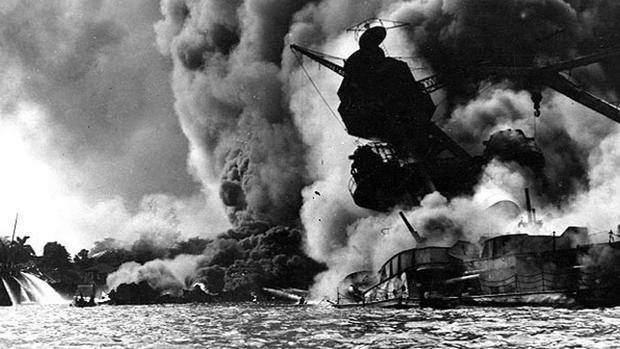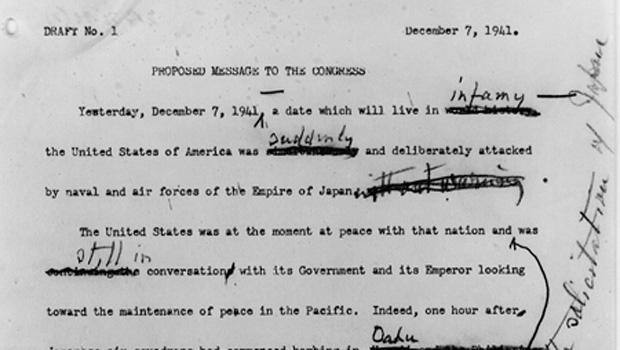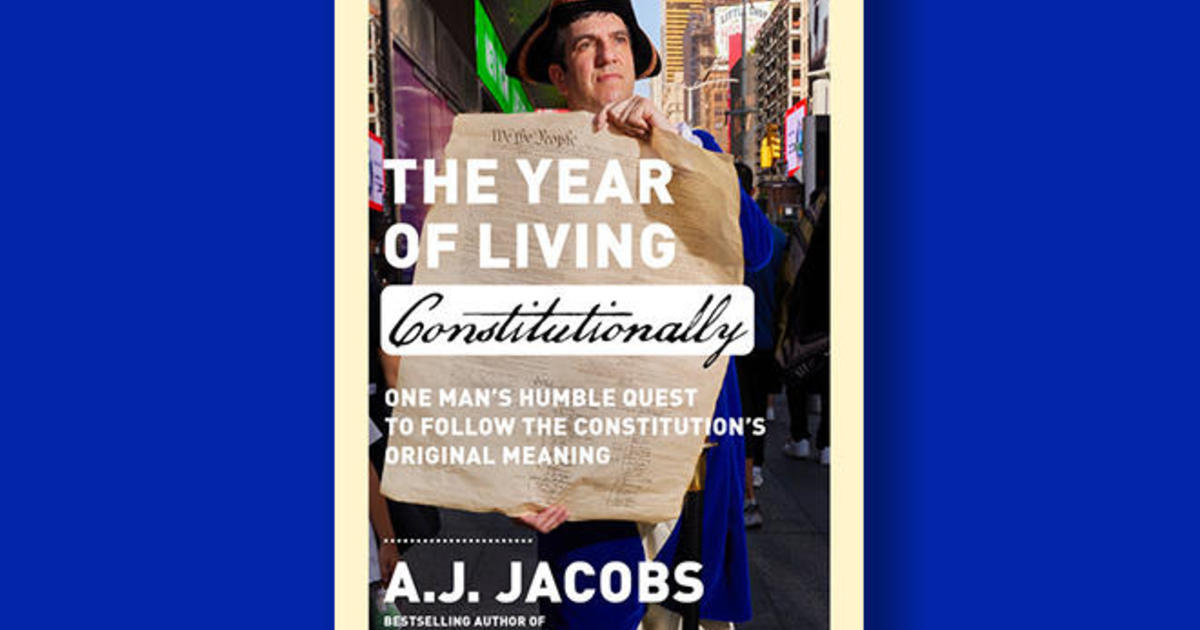Pearl Harbor: How FDR responded to the "day of infamy"
The “Day of Infamy” is how we Americans have come to remember the attack on Pearl Harbor -- and we owe that phrase to the American president who knew exactly what was called for in that moment of crisis. David Martin takes us back:
President Roosevelt knew war was coming, but not like this.
On Sunday, Dec. 7, 1941, he was working on his stamp collection in his private study in the White House. It was 1:47 p.m. Washington time.
- Remembering Pearl Harbor, 75 years later (“Sunday Morning”)
“The phone rings at this desk; it is the Secretary of Navy on the line,” said Herman Eberhardt, curator at the FDR Library In Hyde Park, New York. “He tells the President that the Pearl Harbor naval base is under attack.”
The president’s response? “First reaction was to shout into the phone, ‘No!’ sort of in a state of disbelief,” Eberhardt said.
The critical hours that followed were recorded, moment by moment, by the people around the president -- sometimes in hastily-scrawled notes on random scraps of paper, now on display for the 75th anniversary of the attack.
“We want to take people inside the White House on one of the most important days in American history,” said Paul Sparrow, director of the FDR Library. “It was the worst day of his presidency. It was the worst military defeat in American history.”
“I think December 7, 1941 is perhaps the most important day in American history,” Sparrow said. “It is the transition day when we shifted from being an isolationist nation to being a global superpower.”
At 3:05 in the afternoon, the president convened a war council with his chief military and diplomatic advisors. They described him, Eberhardt said, as “angry but composed. He’s clearly upset, but he is under control and he is processing information, and he’s not losing his cool.”
At 3:50 -- as Roosevelt noted -- he received this update: “Severe damage. The (battleship) Oklahoma has capsized ... Airfields attacked. Hangers on fire ... Heavy personnel casualties.” Then he turned to his secretary, Grace Tully, to compose a message to the American people.
“She says that he lit a cigarette, took a long drag on the cigarette, leaned back in his chair and then just began to dictate the speech,” Eberhardt said. “He dictated most of it without interruption, punctuating, letting her know where the periods and the exclamation points needed to go.
“After he finished she left the room and typed it up, brought it back to him. And then FDR himself did all of the editing in pencil to his own speech.”
And here it is -- edited by Roosevelt in his own hand. Two-and-a-half pages in length, it begins with what would become one of the most famous sentences in American history.
“He takes that first sentence, which originally read, ‘Yesterday, December 7, 1941, a date which will live in world history,’ he strikes out ‘world history,’ changes that to ‘infamy,’” Eberhardt said. “And in the process transforms that sentence into one that really rings down through the decades to us today.”
Sparrow said, “Some of his advisors, the Secretary of State, Secretary of War, wanted him to deliver a much longer speech.”
The State Department drafted a 17-page speech rehashing the history of U.S.-Japanese relations, but Roosevelt set it aside and went with his gut.
“He knew that the American public wanted to hear that we had been wronged and that we will find a way to victory,” Sparrow said.
“No matter how long it may take us to overcome this premeditated invasion, the American people in their righteous might will win through to absolute victory.”
For all his public confidence, Roosevelt also had moments of private despair. “He felt that he was going to go down in history as a terrible president, that this would ruin his place in history,” Sparrow said.
When he addressed the joint session of Congress, Roosevelt -- who was paralyzed by polio from the waist down -- insisted on walking to and from the podium.
“He’s supporting his weight as he did in public on a cane and on his son’s arm,” Eberhardt said. “By holding his weight in that manner, he’s able to pitch his body forward slowly and walk to the rostrum to deliver the speech.”
Sparrow added, “He put the weight of the world on his paralyzed legs and carried America from the past into the future, and changed us from an isolationist nation into a global superpower.”
The speech lasted just 6 1/2 minutes. But it transformed the nation from a state of shock into a state of war.
For more info:
- Exhibition: “Day of Infamy: 24 Hours That Changed History,” at the FDR Presidential Library & Museum, Hyde Park, N.Y. (through Dec. 31)
- Transcript: FDR’s “Day of Infamy” speech





